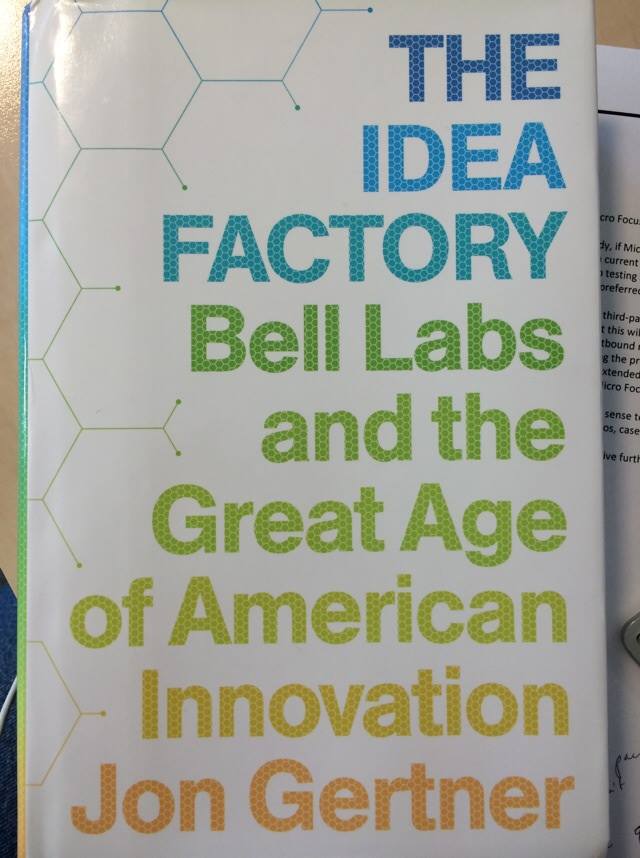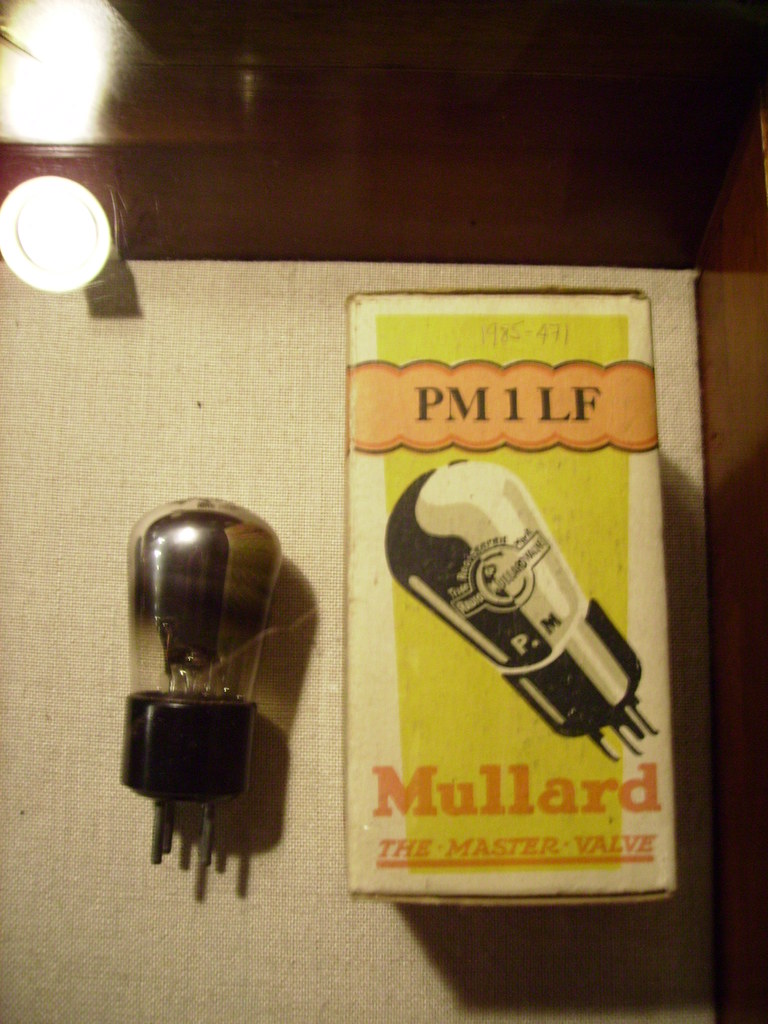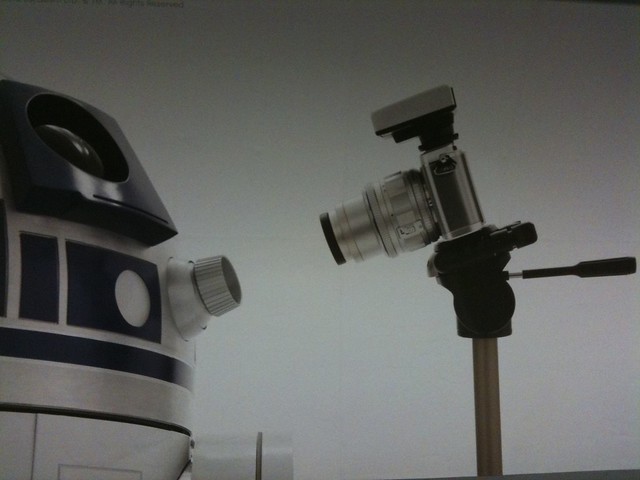I started to think about brand collaborations in Hong Kong. On of the more unusual aspects of marketing in Hong Kong is the amount of co-marketing brand collaboration deals done and the unusual nature of these tie-ups. For instance last year I saw high-end Japanese streetwear brand Neighborhood have it’s brand on Coke Zero cans and worked on a ‘midnight rider’ influence programme.

This was used by Coke Zero to promote nighttime cycling. (It would be cooler and Hong Kong looks spectacular at night.) It also fits in with Neighborhood having been influenced by motorcycle culture. The programme was more Schwinn meets Easy Rider than Rapha style pelotons.

Meanwhile McDonalds is usually better known for tie-ins with Sanrio character franchises. However, now it is running a promotion with Chinese personal care brand Walsh. Think of Walsh as similar to Cussons in the UK. With certain breakfast dishes, consumers get a bottle of body wash free. Beyond encouraging product trial I don’t get the brand collaborations like this which seem to happen regularly in Hong Kong.
Here is the TV advert being run to support the promotion. And no, I can’t really make that much sense of the synergies either, but it seems to work. More on marketing here.
Blog
-
Brand collaborations in Hong Kong
-
The Idea Factory: Bell Labs and the Great Age of American Innovation by Jon Gertner
The Idea Factory reaches back to an age that is now alien to most of us. At one time the most complex devices that people generally had in their homes were a sewing machine, a piano or a mechanical clock or watch. Yet we now view clothes (particularly those from H&M and Primark) as disposable objects, have a limitless amount of media entertainment available at our finger tips and the complexity of a smartphone in your pocket eclipses the complexity of any device in a home just a few decades previously.

Gertner tracks the rise of the American telephone company AT&T through its research arm Bell Labs. Reading the book, the first thing that strikes you is the immense complexity of the very young telephone networks with its complex mechanical switches, manually operated patch boards and strands of copper telephone lines stringing the country together in a way far more immediate than railway travel.Out of Bell Labs came a flurry of developments over just a few decades: the vacuum tube

the transistor

the laser

fibre optic networks

the CCD (charged couple device) which is the eye of video and digital cameras

and the cellular networks we now take for granted

What the book fails to answer is the very nature of innovation that Bell Labs was held up for. Is there an ideal structure for innovation? It seems to be the case that ‘it depends’ is the answer; the innovations seemed to come from brilliant individuals, small teams and herculean efforts.Robert X. Cringely in his book Accidental Empires talked about Silicon Valley really revolving around the efforts and successes of some four dozen people being at the right place and the right time. Gertner’s book implies a similar linkage bringing in a number of names familiar with technology history: Claude Shannon, William Shockley and Charles Kao.
AT&T launched Telstar based on a range of technologies that had been developed over the previous decades at Bell Labs, from solar cells to vacuum tube-based amplifiers. The company had a tight relationship with the Department of Defence due to the amount of work it had done in the early cold war on radar and guidance systems. The satellite was launched aloft on a first generation Delta rocket, US military payloads now travel into space on a fourth generation Delta rocket.
It was also apparent that innovation seems to have its natural time like the Technium of Kevin Kelly’s book What Technology Wants; indeed the history of the Bell Company had much to do with Alexander Bell’s dash to patent an invention that had also been conceived at the same time by another gentleman called Gray.
There is an interesting case study in product development failure with a look at AT&T’s abortive picture phone service from the early 1960s.
In comparison to Bell Labs early history the book moves at break-neck speed through the history of the labs after the break up of AT&T in 1984. A few things that sprung out of this:
Lucent’s rise and decline due to vendor financing of telecoms equipment sales. It is interesting that Huawei arranges for Chinese state banks to put up the financing rather than putting up the money itself; but essentially sells on the same premise that made Lucent successful.
The nature of innovation had fundamentally changed, there was now a core body of work that corporate innovation could draw on without doing the kind of unfettered research that Bell Labs had carried out and facilitated great leaps forward.
If you are at all curious about the why of your smartphone, broadband connection or the underpinnings of the software running your MacBook then The Idea Factory is a recommended read. My one criticism is that the post-break up Bell Labs deserves far more exploration than The Idea Factory gives it. You can find more book reviews here.
-
Carbon nanotubes & other news
Carbon nanotubes
IBM betting carbon nanotubes can restore Moore’s Law by 2020 | ExtremeTech – interesting, IBM research has been at the leading edge of a lot of semiconductor manufacturing techniques including:
- Copper interconnects
- RISC architecture design
- Multi-core design
- Strained silicon substrates
Carbon nanotubes may join particularly as there is so much speculation about the state and future of IBM’s chip business as management moves towards a software and services based future. Is IBM preparing to sell the chip manufacturing business to the highest bidder?
Business
Amazon China chief replaced with another expat | WantChinaTimes – the back story is that Amazon has about 2 per cent of the e-commerce market in China
Design
Waterproof CD player with vocal removal function | AkihabaraNews – interesting thinking about context. Japan is still a big physical media market (they still have Tower Records) and people love to sing in the shower
Economics
HK’s retail sales fell in May | RTHK – its all about valuable gifts: watches, bags etc dropping by 25%
Ideas
The Future of the Workforce May Be Part-Time, Says Google CEO Larry Page | Re/code – utopian spin on zero-hour contracts?
Korea
S Korea to break away from Windows by 2020 | WantChinaTimes – interesting move: Windows 8 partly to blame, I suspect also the security decisions made around Active X made Koreans think twice before attaching themselves to Microsoft
Online
An Online Shift in China Muffles an Open Forum – NYTimes.com – “This is a new phase for social media in China,” said Hu Yong, a journalism professor at Peking University. “It is the decline of the first large-scale forum for information in China and the rise of something more narrowly focused.” – the authors have positioned this as a Chinese -specific move yet it is mirrored in the west with the rise of Whatsapp, Telegram and other OTT messenger services
Google bans porn from its ad network | CNBC – Google obviously doesn’t need the revenue, which bodes well for ongoing quarterly number going forwards
UK’s Porn Filter Triggers Widespread Internet Censorship | TorrentFreak – The results of ORG’s new tool show that what started as a “porn filter” has turned into something much bigger. Under the guise of “protecting the children” tens of thousands of sites are now caught up in overbroad filters, which is a worrying development to say the least – interesting that some are blocking the Open Rights Group and open source software sites
Thanks To “Right To Be Forgotten,” Google Now Censors The Press In The EU | Marketingland – once you take the 1st amendment driven angst viewpoint out of this, its a great summary of things by Danny Sullivan
Tencent Opening Up API for Wechat Login — China Internet Watch – expect WeChat’s app constellation to mushroom outside the Tencent family. More on WeChat here.
Security
3 Real Security Risks Threatening Your Smart TV Entertainment | Make Use Of – make mine a dumb TV
Technology
CHART OF THE DAY: Apple Is Invading The Enterprise – Business Insider – there is also a credibility issue, go to a developer conference and there is a sea of silver lids, this will knock on into the enterprise
Telecoms
I, Cringely The Secret of Google X – I, Cringely – I think untethered balloons aren’t a smart move either
-
Happiness blanket & other news
Happiness blanket
British Airways Happiness Blanket Changes Colors To Reflect Your Mood | PSFK – the happiness blanket is a nice bit of technology meets art, less sure how it works from a research point of view as being a valid output. The measurement is actually done using sensors in a headband. The blanket provides a visual cue though fibre optic fibres woven into the front of the blanket. The happiness blanket is a great cyberpunk maguffin.
Economics
Startup Incubator Economics, Revisited | Excapite – are incubators part of the problem or the solution
As China’s wages increase, so does its rich-poor gap, says study | Shanghaist – interesting challenge, explains crack down on corruption etc
Ethics
Data Science: What the Facebook Controversy is Really About | The Atlantic – the last Facebook emotional research link that I am going to post
Ideas
The Military Is About to Get New Spy Glasses – Defense One – closer to what the vision of Google Glass et al should be
A Breakthrough in the Checkered History Of Brain Hacking – Defense One – probably a little longer for the Johnny Mnemonic-style brain implants
Luxury
Why Chinese luxury consumption continues to surge | Marketing Interactive – driven by e-commerce
Marketing
Cannes 2014: PR’s Battle For Marketing Relevance | Holmes Report – interesting debate
The changing face of Facebook | iCrossing – handy infographic on Facebook
5 tips for B2B social media marketing | Marketing Interactive – nice piece for agencies
Online
Google Discontinues Q&A Services | Google System – no Yahoo! Answers competitors
Alibaba boss Jack Ma says he has never used Taobao or Alipay, and doesn’t plan to | Quartz – did Jack Ma use TaoBao or not?
Facebook Still Dominates Teens’ Social Usage | Forrester Blogs – Facebook is still important for teens with 28% saying that they use it all the time
“Buy Now” Buttons Start Appearing in Tweets. Is Twitter Shopping Here? | Re/code – Twitter follows where Weibo led
Google shuts down Orkut | Marketing Interactive – not terribly surprising. Though with all eyes on Brazil with the World Cup and Brazil having been Orkut’s lead market there is a certain amount of irony in the timing
Tencent’s SY Lau : Mobile First | Holmes Report – interesting interview with Tencent executive SY Lau on WeChat
Technology
24 million Internet-connected TV Sets Sold in China in 2013: iResearch Report – but nothing about how they are used
Web of no web
Smart Picture Technologies Turns Your Smartphone’s Camera into a Measuring Tape | TechnoBob – really nice idea
Multi-touch Haptic Display Vibrates Desired Points on Screen | Nikkei TechOn – this is exciting stuff, will change interface design
-
Auditing in China & other news
Auditing Chinese companies
Democracy and auditing | China Accounting Blog – given that auditing big four are under pressure in China, this might have been an effort to curry favour. But the auditing firms have screwed themselves over in Hong Kong and other countries with this move in China. I could imagine that in the years to come, the lack of transparent auditing will hurt Chinese companies listing on other stock exchanges.
Consumer behaviour
The Rising Importance of Single Person Households Globally | Euromonitor International – interesting data points, I am waiting for food packaging to better represent this demographic
Do Screens Make Us Stupider? Time for a Rethink of Reading | Discover Magazine – the challenge is that books might be written for a reason around learning, but are published to make money, unless there can be a special cognitive edition that makes even more money…
[1406.2293] Gossip: Identifying Central Individuals in a Social Network – market research as a network analysis tool
Economics
Banks in China make as much profit as those in the US, Europe, and Japan combined | Quartz – by comparison the European banking system is a minnow and has horrendous losses
FCMG
Confectionery Trends and Innovations at the 2014 Convenience U CARWACS Show in Toronto – Euromonitor International – focus on sharing occasions is a marketing agency opportunity
P&G’s Always celebrates the “Like a Girl” way of doing things | PopSop – interesting bit of culture hacking
Legal
APAC has highest software piracy rate – combination of being gadget driven and piracy is easy. More related content here.
Luxury
WeChat + Vivienne Tam = International Model Search 2014!| WeChat – interesting campaign for mass affluence brand. Tam is also trying to encourage usage of WeChat amongst English language customers, so I suspect that this is partly funded by Tencent.
Marketing
mirador – interesting application for analytics
Study: Social Media is Not a Trusted Media Source for PR Pros | Convince & Convert – interesting-ish piece I guess
Online
Ikea built a website inside Instagram | The Verge – gimmicky idea that would work as a one-off
Facebook tinkered with users’ feeds for a massive psychology experiment · The A.V. Club – and people will be surprised why? Good TV consumer product advertising is all about inducing anxiety with current states and promising some sort of emotional reward on purchase
Software
QuickOffice Will Be Discontinued | Google System – bad news for mobile workers
Technology
An Online Course For FPGA And CPLD Development | Hackaday – Reddit as an old time free university – but without the hippy politics
Xiaomi founder Lin Bin reveals global ambition | Marketing Interactive – no real surprise, but interesting how they will expand the web services side of the Xiaomi experiences
Wireless
Huawei’s Honor 6 cannibalizes sales of its Ascend P7 | WantChinaTimes – poor product management or a larger sign of the smartphone as a commodity?